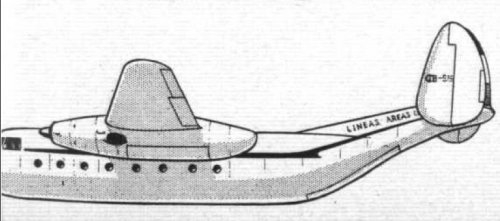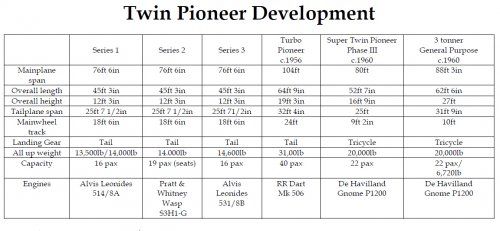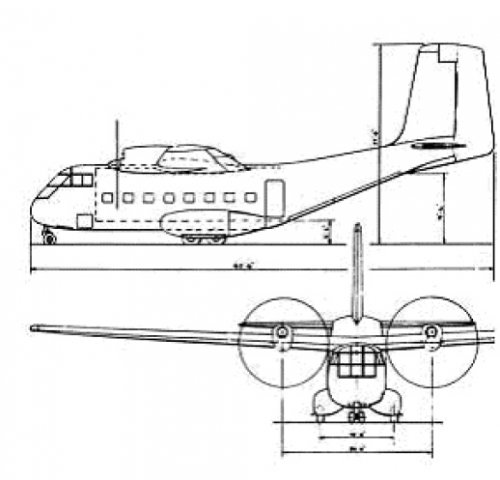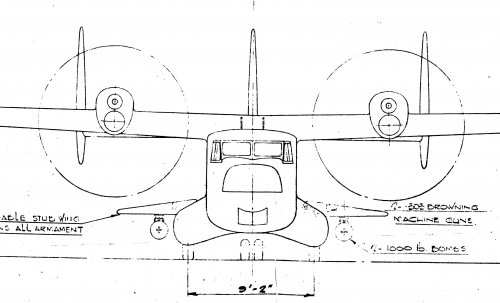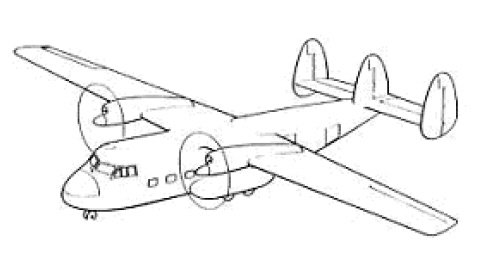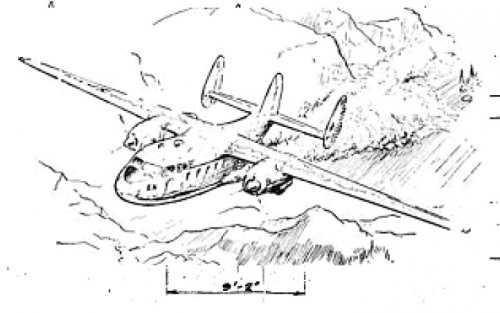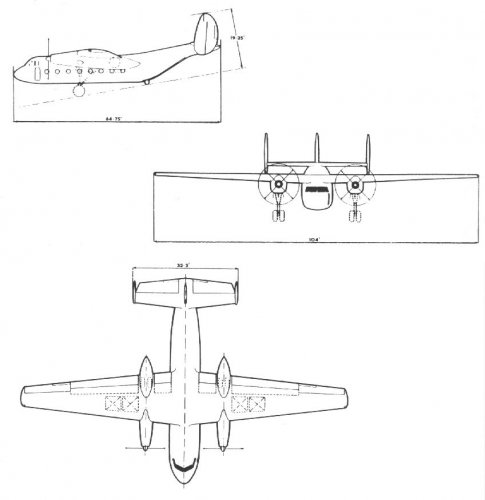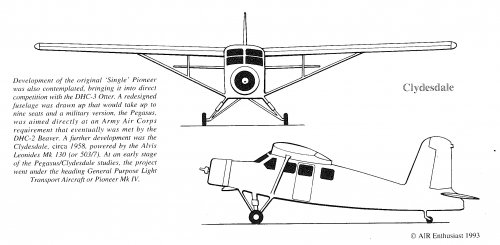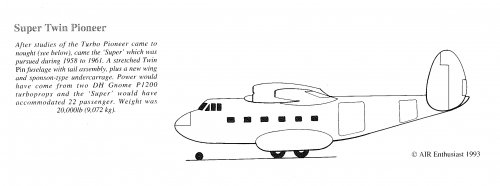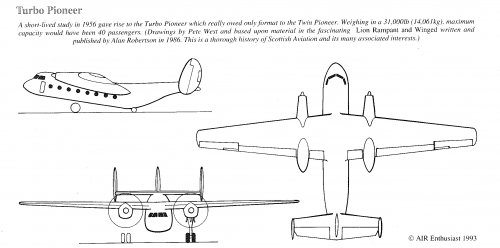- Joined
- 28 November 2006
- Messages
- 700
- Reaction score
- 666
Scottish Aviation, after the success of their Twin Pioneer started to work on its development/replacement. There were some such projects: Turbo Pioneer (1956), Super Twin Pioneer (1960) and a design referred to as the "3 tonner general purpose".
Here is some information that I've just gathered from the Flight magazine archives and a Royal Malaysian Air Force Museum's website, which contains "Twin Pioneer Newsletter" (http://www.malaysian-museums.org/rmaf/archive/twinpin.htm).
Hopefully someone has more on these projects, esp. the Turbo Pioneer.
Piotr
Here is some information that I've just gathered from the Flight magazine archives and a Royal Malaysian Air Force Museum's website, which contains "Twin Pioneer Newsletter" (http://www.malaysian-museums.org/rmaf/archive/twinpin.htm).
Hopefully someone has more on these projects, esp. the Turbo Pioneer.
Piotr

